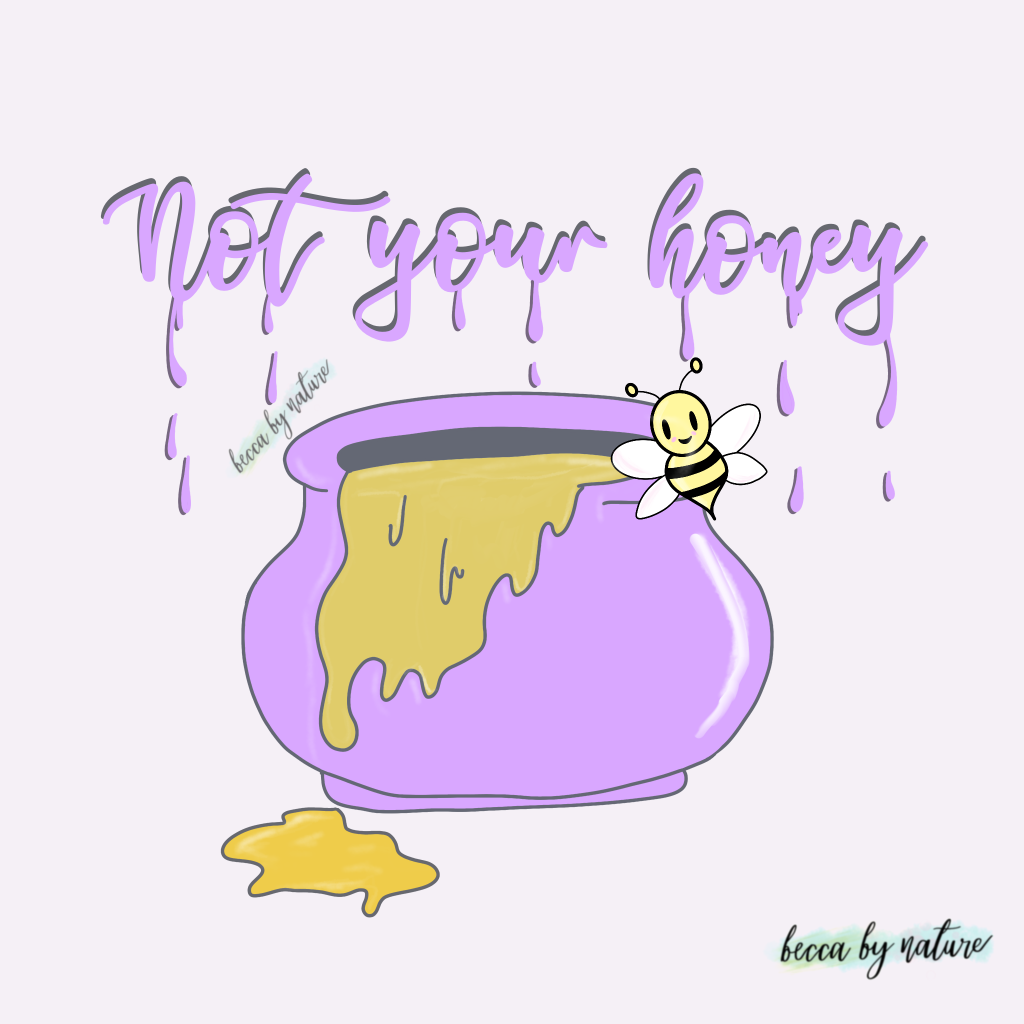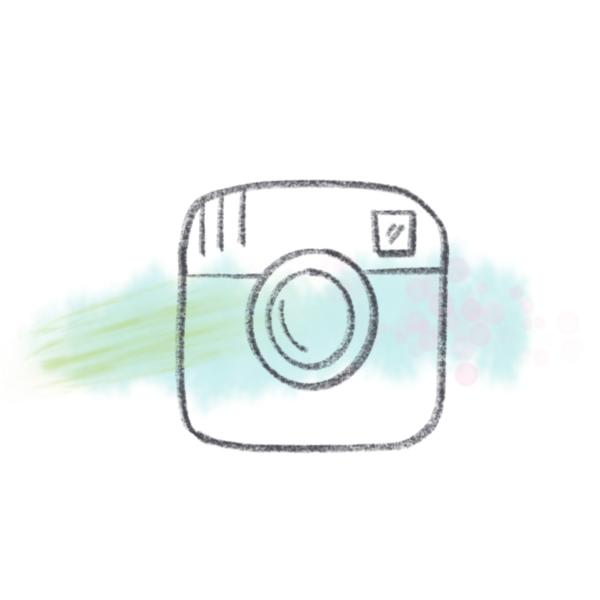For vegans, it’s not only that meat isn’t consumed, there’s also no consumption of animal derived products such as milk and also honey. In this post I’ll tell you more about how the making of the honey you buy exploits bees and also vegan alternatives.
What is honey?
Honey is a sweet thick golden liquid that’s produced by bees when they collect nectar from flowering plants. When going from flower to flower, they collect this nectar in their ‘honey stomachs’.
In their stomach it mixes with enzymes which make it suitable for long-term storage. When they return to their hive, they pass it to another bee who uses the honey to make the honeycomb itself.
When the hive they live in is sealed, honey can be store indefinitely. The reason it’s so important to bees is due to it being their food source for the winter months when they’re not able to get it directly from the plants.

Farmed bees.
For the production of honey, a lot of bees are farmed. This is where they’re kept in artificial, framed hives. The bees will go about getting their nectar until the end of summer when the hive is full.
To then harvest the honey that’s been created by the bees, beekeepers (or honey harvesters) use a hot knife to break the seal that the bees have created. They’ll then take this honey for their own, to sell to those who want it.
Exploiting bees.
Due to the way the honey’s farmed, this means they’re exploited. We make them artificial honeycomb and then take the end product of their hard work from them. The honey is what they need to survive the winter months when they don’t have nectar from the flowers to get by.
The commercial honeybees used to make honey have also been selectively bred to increase their productivity. This narrows down the bee gene pool and in turn, means they’re more prone to disease and genetic problems.
Did you know?
To keep costs of keeping the bees to make honey down, a lot of bee keepers will kill off some of their bees after the honey’s produced.
As producers of honey take the bee’s food supply, this means keepers need to supply them with a sugar alternative over the winter periods when they’re not able to collect nectar.
Many bee keepers also clip the wings of the queen bee. This means she’s not able to fly to another ‘nest’ and that collection of bees will stay in the same place ready for the next season of honey collecting.
Swaps for honey.
There’s so many different swaps you’re able to make for honey. My personal favourite is agave nectar, but there’s really so many to choose from.
Honey per 100g
Calories: 329
Fat: <0.5g
Saturated fat: 0.2g
Carbohydrates: 81.5g
Of which sugars: 80.8g
Agave nectar per 100g
Calories: 314
Fat: 0g
Saturated fat: 0g
Carbohydrates: 78g
Of which sugars: 62g
Maple syrup per 100g
Calories: 362
Fat: <0.35g
Saturated fat: 0.1g
Carbohydrates: 89g
Of which sugars: 73g
Molasses syrup per 100g
Calories: 370
Fat: 0g
Saturated fat: 0g
Carbohydrates: 70g
Of which sugars: 55g
If you have any questions, be sure to let me know and I’d love to help with them. Also make sure to check out my socials for more information, illustrations and facts about veganism. I’d love to have you join the gang!
Love, always – B
Etsy shop: beccabynature




